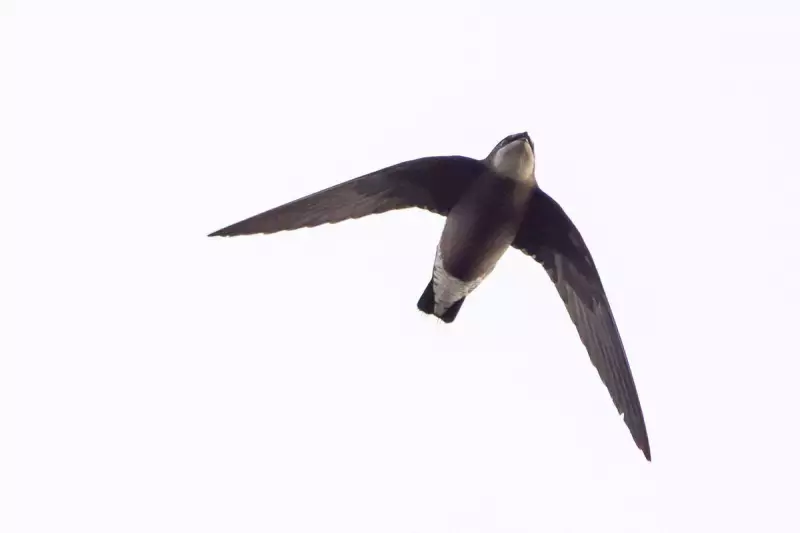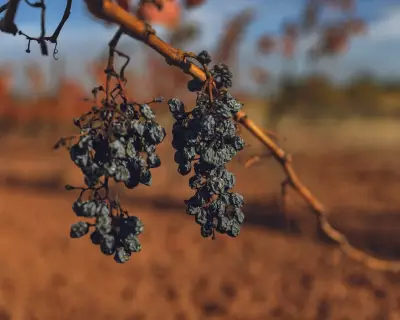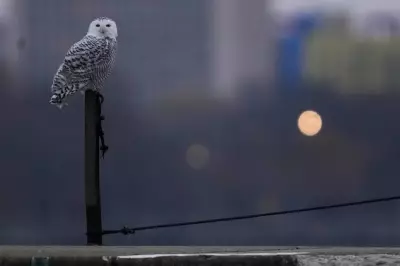
A remarkable avian spectacle unfolded at Tophill Reserve in East Yorkshire this week as birdwatchers witnessed the arrival of one of Britain's most elusive feathered visitors - the white-throated needletail.
The sighting sent waves of excitement through the birding community, marking the first recorded appearance of this rare swift species in the UK since 2013. Known for its incredible speed and distinctive appearance, the needletail created a frenzy among enthusiasts desperate to catch a glimpse.
What Makes This Bird So Special?
The white-throated needletail (Hirundapus caudacutus) holds the distinction of being one of the fastest birds in level flight, capable of reaching speeds up to 105 mph. This particular visitor represents an exceptional rarity, with only a handful of documented sightings in British history.
Key characteristics that make this bird unique include:
- Distinctive white throat and undertail coverts
- Sharp, needle-like tail feathers
- Powerful, curved wings built for high-speed flight
- Typically breeds in Siberia and winters in Australasia
Birdwatching Community Reacts
Within hours of the initial sighting, social media platforms buzzed with activity as news spread rapidly through birding networks. Dedicated twitchers travelled from across the country to Tophill Reserve, hoping to add this extraordinary sighting to their life lists.
The reserve management reported unprecedented visitor numbers, with wildlife photographers and nature enthusiasts gathering with telescopes and cameras at the ready. Local birding experts described the event as "once-in-a-decade opportunity" for UK-based birdwatchers.
Conservation Significance
This unexpected appearance highlights the importance of maintaining diverse habitats in nature reserves like Tophill. Such rare sightings demonstrate how protected areas can serve as crucial stopover points for migratory birds that veer off their usual flight paths.
Wildlife conservationists note that while climate change and habitat loss threaten many species, unexpected visitors like the white-throated needletail remind us of nature's capacity for surprise and the value of preserving green spaces for future generations.





